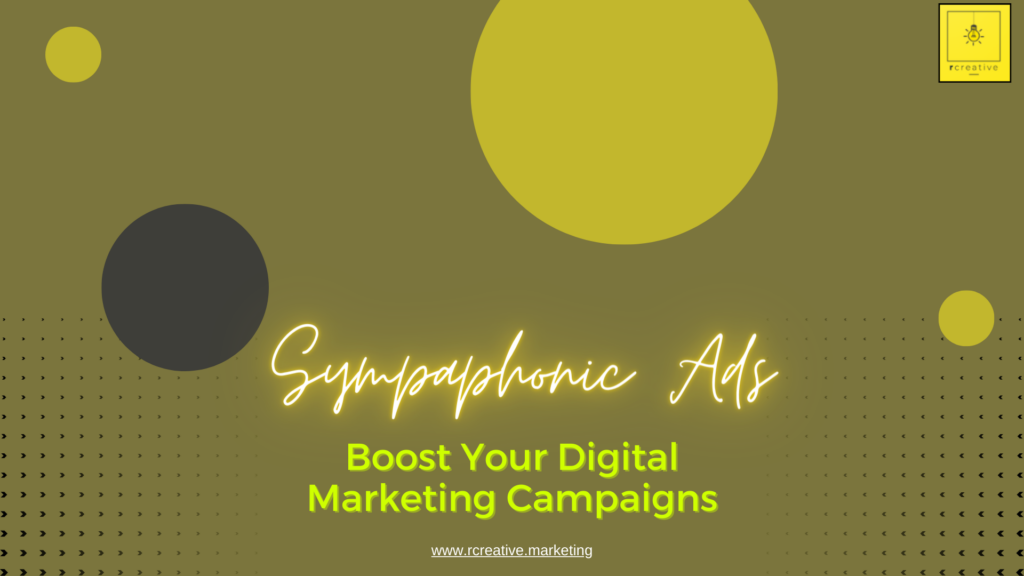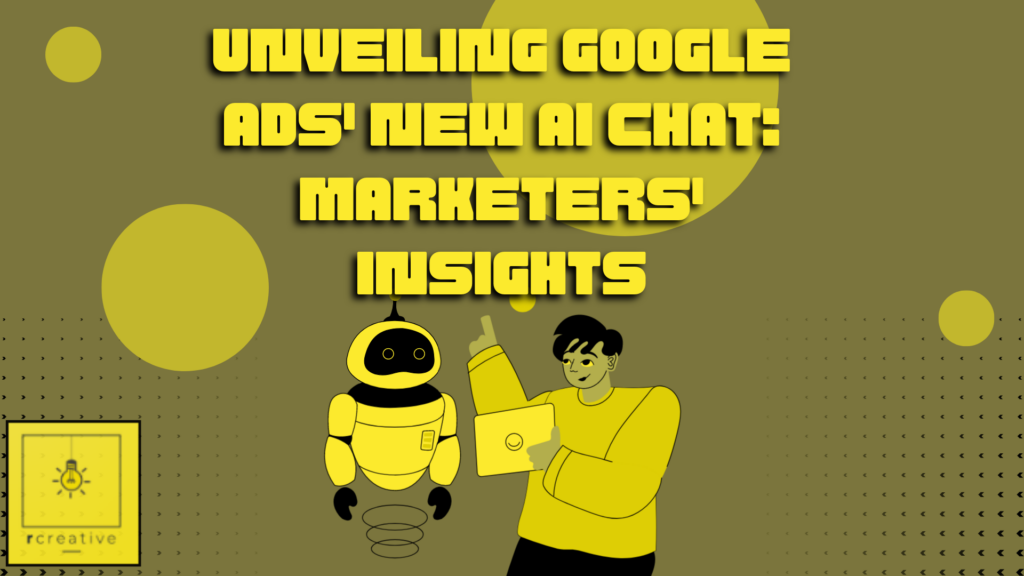In today’s online marketing vernacular, there seems to be little, if any, distinction between marketing and promotion. Many marketing “experts” even use the terms interchangeably to refer to the act of selling products online.
In truth, marketing and promotion are two separate but interrelated activities. Both are essential for pushing products or services and attracting new customers. But there are some significant differences.
[text_with_frame id=”368c1dbfefba91dceb946d322e0e86bc” content=”‹¨›p‹˜›‹¨›em‹˜›If you find this article helpful consider giving it a share‹¯›nbsp;‹¨›/em‹˜›?‹¨›/p‹˜›” line_color=”rgba(0,0,0,.07)” text_font=”body” heading_font=”heading” animation=”none” animation_speed=”2″ animation_delay=”0″ __fw_editor_shortcodes_id=”e6852c2dacc162bc8c34ba646905e841″ _fw_coder=”aggressive”][/text_with_frame]
Promotion is a Part of Marketing… But Not All Marketing is Promotion
You may have learned in geometry class that all squares are rectangles, but that not all rectangles are squares. Similarly, promotion is part of marketing, but the whole of marketing is not promotion.
Sure, the primary goal of a successful marketing strategy is to land sales. But it’s a mistake to assume that promoting the product is the ultimate goal of a marketing strategy.
The Marketing Mix
At its core, marketing is the flow of four activities that make up a package called the “marketing mix”. These activities are:
- Product
- Price
- Placement
- Promotion
(My business school professors would be so proud that I remember this ? )
The four pillars of the marketing mix work in tandem to ensure that a marketing strategy is successful. I like to think of them as the four legs of a table – without one or two, the table would be entirely useless.
When it comes to online sales strategies, there seems to be an overwhelming emphasis on the promotion pillar. After all, products live and die by whether or not a company can adequately promote them on its website or social media pages.
I often see successful bloggers and online marketing firms boil marketing strategy down to promotional strategy and neglect the other components of marketing. Sometimes they even say things like “develop a product, any product, and then focus on this promotional strategy and that one”. In truth, the product offering itself is as important as its promotional strategy, and requires at least as much time and attention.
Let’s look at each of the pillars of the marketing mix to get a better understanding of their roles in marketing strategy.
Product
In the olden days (aka, before the Internet), physical product offerings were essential for businesses to succeed. Even many services had a physical aspect to them: a hairdresser cut your hair, a plumber worked on your home’s pipes, a lawyer handed you printed legal documents to sign.
Today, we have plenty of services and products without a physical component whatsoever. Nearly every brand offers intangible products and services that we pay for but never actually touch.
This is an awesome opportunity for brands to provide added value to their customers and is a prime opportunity for startups to get off the ground without having to invest a lot of money into physical product development.
But this hardly means that product development can be neglected or short circuited. Product development is just as important as promotional strategy, even though it’s a process that doesn’t pay off in the short term.
I can’t tell you the number of poorly written “ebooks” I’ve come across, simply in the name of someone wanting something to give away or sell on their site. It’s aggravating and a little insulting that brands want to get something from their customers (money, email addresses, other information), but don’t want to invest in providing something that’s truly valuable for the market they wish to capture.
Bottom line: Businesses need to invest time and resources into products that bring value to their customers. Even the best promotional strategy won’t sell a product that’s crappy to begin with.
Price
How does a business convey the value of its product to its consumers? Through the product’s price.
Price can communicate how much work goes into making a product, the value of the raw components that go into making the final product, how much the company pays a sales person to make cold calls, and so forth.
Small businesses and freelancers often have a hard time pricing their products to attract the right audiences. Prices that are too high turn away prospective customers because they are simply unattainable, and unless a product is truly worth the value assigned it, it comes across as a rip-off. On the other hand, prices that are too low imply that a product isn’t very valuable and limit the potential for selling higher priced items later on.
Price should encompass product inputs, including raw materials (if any), time to produce the product, shipping costs (if any), hosting prices and so forth. Additionally, products ideally should secure some level of value for the business that’s selling them. While some products might be considered “loss leaders”, that is, they represent little profit or even a loss (in online selling terms, this might be something like a free product in return for a customer’s email address), most products should generate profit.
Companies that sell high priced products tell a story to their customers: their products are made from higher quality materials, are celebrity endorsed, are unique or work better than comparable products. Think of brands like Gucci, which offers luxury items, or like LUSH, which offers small-batch made natural cosmetics.
Companies that sell low priced products likewise tell a story, though a different one: their products are budget buys, are for the “everyday” consumer, are a better buy that what their competitor has to offer. Think of brands like Walmart, which offers inexpensive, mass produced products, or Aldi, which offers a no frills grocery shopping experience.
Bottom line: Price tags are a business’s opportunity to tell its customers how valuable their products/service are.
Placement
In terms of online sales, placement is fairly straightforward: businesses use the internet as a vast marketplace for displaying their products. But with a variety of places to offer products online, it can be confusing to understand how a product placement on one site might impact sales differently than placement on another site.
When considering physical products, placement includes not only where the product is located physically in a retail outlet: what aisle, shelf or stand the product is on, but also product packaging. Packaging is an essential part of communicating a product’s personality, and adds to its value.
Colors, slogans and packaging material communicate information beyond the product itself or its price point. A product’s packaging in eco-friendly packing materials, for example, communicates that the product might be a better choice than the traditionally made product next to it on the shelf. Or it might communicate that the product is from a brand that’s environmentally-minded.
Online placement limits the tangibility that physical product placement allows. When it comes to placing products and services online, businesses need to consider factors like site design, traffic and ownership. For example, a product listed on Etsy is placed differently than one listed on a business’s own website.
Additionally, factors like site atmospherics contribute to the product’s overall placement and the value that customers will attribute to similar products listed on different sites. Color, photo size, product description length and page layout contribute to the overall look and feel of an online product listing.
Product photos play into this as well. If the website where the product is listed as the aisle and shelf, then product photos act as product packaging. Yes, product photos should ideally show a physical product in its packaging, if the product is a physical offering.
When packaging services, it’s important to use photos that convey the value of the services offered. Professional photographs showing satisfied customer using the service, for example, are much more valuable “packaging” than are stock photos of smiling people on a computer.
Bottom line: Placement and packaging matter, even when a business is selling intangible products. Creativity goes a long way here.
Promotion
Promotion. It’s the part of the marketing mix that everyone seems to talk about and act like an expert on.
But unless it’s viewed for its part in the marketing mix, promotion can fail the marketer who relies too heavily upon it. Good promotion can’t make up for a bad product, incongruent price or shoddily planned placement.
Promotion includes all of the active components of putting a product in front of a business’s audience. In online marketing terms, this includes things like social media accounts, SEO and paid advertising. There is no shortage of ways to promote a product online, and businesses need to establish a promotional mix that works for their brand and products specifically.
When it comes to promotion, one of the most valuable tools in the marketer’s arsenal is creative content. Yes, the product or service that the business offers might well be a creative item, but related creative material serves only to bolster the other creative items available for purchase.
Helpful creative content promotes products by teaching customers how to use them or telling a story that helps a target audience relate with the brand. But it also serves to establish a company as an expert voice in its field and to boost SEO rankings.
There’s a lot of behind the scenes work that goes into boosting a business website in SEO rankings, which in turn boosts a product’s online placement. A well-built, keyword optimized website with unique photos and a regularly updated blog can be an important part of this strategy.
Creative content is also useful when it comes to running online ads. After all, a business needs something to direct customers to when they click on an ad they see on a social media feed or other platform. Custom landing pages and blog posts are great places to send potential customers and hopefully convert them into sales.
Bottom line: Promotion is an important thing, but it’s only one aspect of the marketing mix. Creative content is essential for running a successful promotional strategy.
Does your website need a refresh to be a better place to list your products? Are you looking for fresh new creative content to boost your site rankings? Contact us today for a free website evaluation and to learn how Rystedt Creative services can support your marketing strategies.
[contact_form id=”e5a2fb8350659093fae3d5fb84234283″ form=”{‹²›json‹²›:‹²›‹º›{‹ª›‹²›type‹ª›‹²›:‹ª›‹²›form-header-title‹ª›‹²›,‹ª›‹²›shortcode‹ª›‹²›:‹ª›‹²›form_header_title‹ª›‹²›,‹ª›‹²›width‹ª›‹²›:‹ª›‹²›‹ª›‹²›,‹ª›‹²›options‹ª›‹²›:{‹ª›‹²›title‹ª›‹²›:‹ª›‹²›‹ª›‹²›,‹ª›‹²›subtitle‹ª›‹²›:‹ª›‹²›‹ª›‹²›}},{‹ª›‹²›type‹ª›‹²›:‹ª›‹²›text‹ª›‹²›,‹ª›‹²›shortcode‹ª›‹²›:‹ª›‹²›text_52a286a‹ª›‹²›,‹ª›‹²›width‹ª›‹²›:‹ª›‹²›1_2‹ª›‹²›,‹ª›‹²›options‹ª›‹²›:{‹ª›‹²›label‹ª›‹²›:‹ª›‹²›Name‹ª›‹²›,‹ª›‹²›required‹ª›‹²›:true,‹ª›‹²›placeholder‹ª›‹²›:‹ª›‹²›Your name‹ª›‹²›,‹ª›‹²›default_value‹ª›‹²›:‹ª›‹²›‹ª›‹²›,‹ª›‹²›constraints‹ª›‹²›:{‹ª›‹²›constraint‹ª›‹²›:‹ª›‹²›characters‹ª›‹²›,‹ª›‹²›characters‹ª›‹²›:{‹ª›‹²›min‹ª›‹²›:‹ª›‹²›0‹ª›‹²›,‹ª›‹²›max‹ª›‹²›:‹ª›‹²›‹ª›‹²›},‹ª›‹²›words‹ª›‹²›:{‹ª›‹²›min‹ª›‹²›:‹ª›‹²›0‹ª›‹²›,‹ª›‹²›max‹ª›‹²›:‹ª›‹²›‹ª›‹²›}},‹ª›‹²›info‹ª›‹²›:‹ª›‹²›‹ª›‹²›}},{‹ª›‹²›type‹ª›‹²›:‹ª›‹²›email‹ª›‹²›,‹ª›‹²›shortcode‹ª›‹²›:‹ª›‹²›email_a11c6f5‹ª›‹²›,‹ª›‹²›width‹ª›‹²›:‹ª›‹²›1_2‹ª›‹²›,‹ª›‹²›options‹ª›‹²›:{‹ª›‹²›label‹ª›‹²›:‹ª›‹²›Email‹ª›‹²›,‹ª›‹²›required‹ª›‹²›:true,‹ª›‹²›placeholder‹ª›‹²›:‹ª›‹²›Your email address‹ª›‹²›,‹ª›‹²›info‹ª›‹²›:‹ª›‹²›‹ª›‹²›}},{‹ª›‹²›type‹ª›‹²›:‹ª›‹²›text‹ª›‹²›,‹ª›‹²›shortcode‹ª›‹²›:‹ª›‹²›text_47ef7df‹ª›‹²›,‹ª›‹²›width‹ª›‹²›:‹ª›‹²›1_2‹ª›‹²›,‹ª›‹²›options‹ª›‹²›:{‹ª›‹²›label‹ª›‹²›:‹ª›‹²›Phone‹ª›‹²›,‹ª›‹²›required‹ª›‹²›:false,‹ª›‹²›placeholder‹ª›‹²›:‹ª›‹²›Best number to reach you at‹ª›‹²›,‹ª›‹²›default_value‹ª›‹²›:‹ª›‹²›‹ª›‹²›,‹ª›‹²›constraints‹ª›‹²›:{‹ª›‹²›constraint‹ª›‹²›:‹ª›‹²›characters‹ª›‹²›,‹ª›‹²›characters‹ª›‹²›:{‹ª›‹²›min‹ª›‹²›:‹ª›‹²›0‹ª›‹²›,‹ª›‹²›max‹ª›‹²›:‹ª›‹²›‹ª›‹²›},‹ª›‹²›words‹ª›‹²›:{‹ª›‹²›min‹ª›‹²›:‹ª›‹²›0‹ª›‹²›,‹ª›‹²›max‹ª›‹²›:‹ª›‹²›‹ª›‹²›}},‹ª›‹²›info‹ª›‹²›:‹ª›‹²›‹ª›‹²›}},{‹ª›‹²›type‹ª›‹²›:‹ª›‹²›website‹ª›‹²›,‹ª›‹²›shortcode‹ª›‹²›:‹ª›‹²›website_4e33fc1‹ª›‹²›,‹ª›‹²›width‹ª›‹²›:‹ª›‹²›1_2‹ª›‹²›,‹ª›‹²›options‹ª›‹²›:{‹ª›‹²›label‹ª›‹²›:‹ª›‹²›Website‹ª›‹²›,‹ª›‹²›required‹ª›‹²›:false,‹ª›‹²›placeholder‹ª›‹²›:‹ª›‹²›Your existing website‹ª›‹²›,‹ª›‹²›default_value‹ª›‹²›:‹ª›‹²›‹ª›‹²›,‹ª›‹²›info‹ª›‹²›:‹ª›‹²›‹ª›‹²›}},{‹ª›‹²›type‹ª›‹²›:‹ª›‹²›textarea‹ª›‹²›,‹ª›‹²›shortcode‹ª›‹²›:‹ª›‹²›textarea_c07dda5‹ª›‹²›,‹ª›‹²›width‹ª›‹²›:‹ª›‹²›1_1‹ª›‹²›,‹ª›‹²›options‹ª›‹²›:{‹ª›‹²›label‹ª›‹²›:‹ª›‹²›Your Creative Content Needs‹ª›‹²›,‹ª›‹²›required‹ª›‹²›:true,‹ª›‹²›placeholder‹ª›‹²›:‹ª›‹²›Please describe your creative content needs‹ª›‹²›,‹ª›‹²›default_value‹ª›‹²›:‹ª›‹²›‹ª›‹²›,‹ª›‹²›constraints‹ª›‹²›:{‹ª›‹²›constraint‹ª›‹²›:‹ª›‹²›characters‹ª›‹²›,‹ª›‹²›characters‹ª›‹²›:{‹ª›‹²›min‹ª›‹²›:‹ª›‹²›0‹ª›‹²›,‹ª›‹²›max‹ª›‹²›:‹ª›‹²›‹ª›‹²›},‹ª›‹²›words‹ª›‹²›:{‹ª›‹²›min‹ª›‹²›:‹ª›‹²›0‹ª›‹²›,‹ª›‹²›max‹ª›‹²›:‹ª›‹²›‹ª›‹²›}},‹ª›‹²›info‹ª›‹²›:‹ª›‹²›‹ª›‹²›}}‹¹›‹²›}” subject_message=”Message from rystedtcreative.com” submit_button_text=”Send message” success_message=”Thank you for considering Rystedt Creative for your web-development needs. We will be in touch with you shortly.” failure_message=”Oops something went wrong.” email_to=”hello@rystedtcreative.com” mailer=”{‹²›method‹²›:‹²›wpmail‹²›,‹²›smtp‹²›:{‹²›host‹²›:‹²›‹²›,‹²›username‹²›:‹²›‹²›,‹²›password‹²›:‹²›‹²›,‹²›secure‹²›:‹²›no‹²›,‹²›port‹²›:‹²›‹²›},‹²›general‹²›:{‹²›from_name‹²›:‹²›‹²›,‹²›from_address‹²›:‹²›‹²›},‹²›test-connection‹²›:{‹²›test-connection‹²›:‹²›‹²›}}” text_color=”#0d0d0d” input_text_color=”#0d0d0d” input_border_color=”#0d0d0d” input_background_color=”” submit_background_color=”#1f78e6″ submit_background_hover_color=”#5b99e5″ submit_width=”standard” style=”style1″ _array_keys=”{‹²›form‹²›:‹²›form‹²›,‹²›mailer‹²›:‹²›mailer‹²›}” _fw_coder=”aggressive” __fw_editor_shortcodes_id=”ca883513c10a35a7ec0dd64e03b3401f”][/contact_form]



